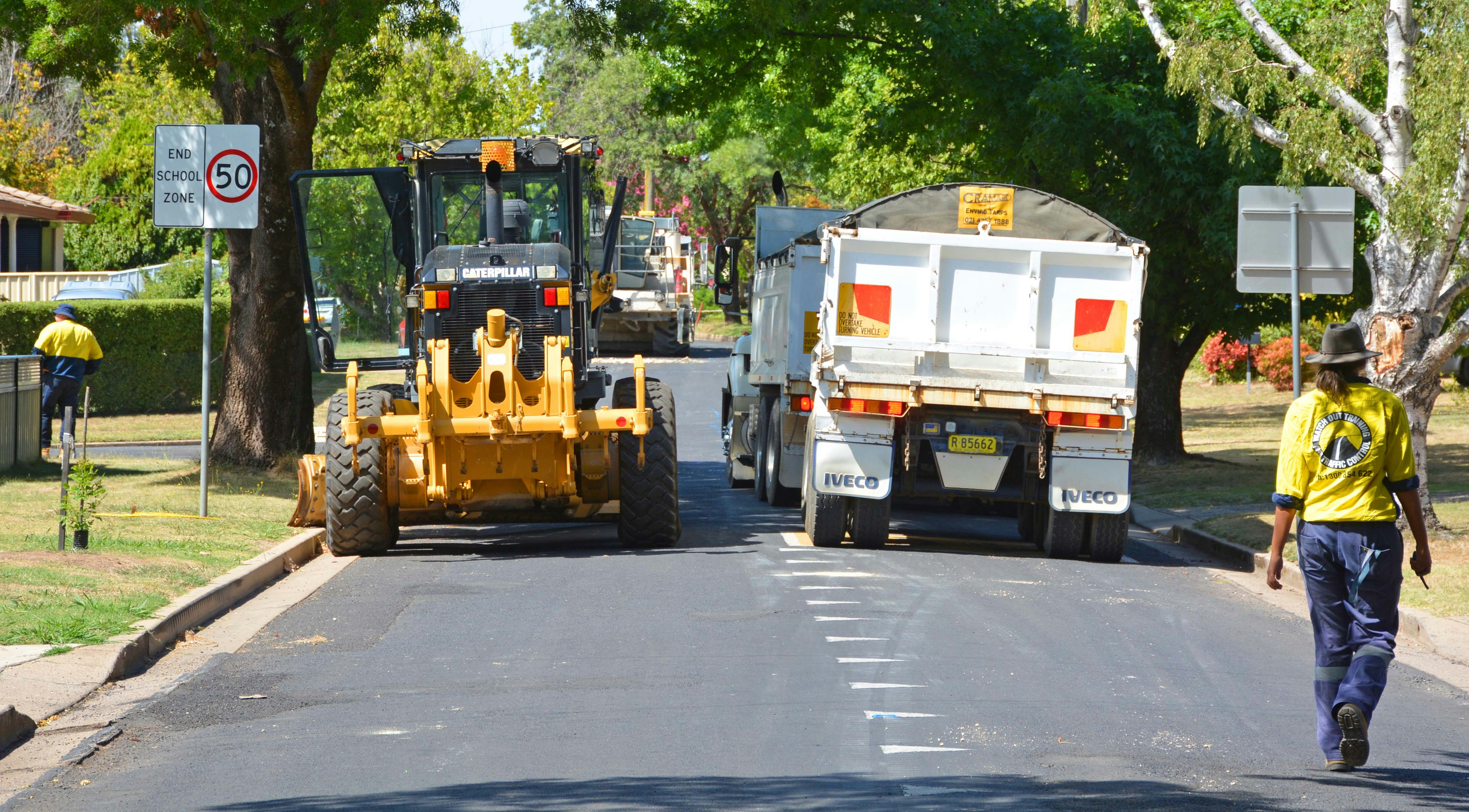Find out why Orange's traffic blisters are safer for drivers

In its latest road safety initiative, Orange City Council has started installing a network of traffic 'blisters' at problem-intersections around Orange.
The corners were chosen because of their high number of road accidents.
At each selected corner, a mix of traffic 'blisters' that stretch out into the road-way has been installed alongside pedestrian refuge islands.
SAFER : Find out how to make the most of the extra safety features of traffic blisters in Orange by watching this quick video clipThe new system of traffic signs, refuge islands and blisters has been funded by the Australian Government through its 'Black Spot' program.
The blisters are designed so that :
- a driver, turning into the way of passing traffic, will stop further out into the wide streets of Orange then previously. This gives a much clearer view of oncoming cars.
- the narrower path between the blister and a refuge island in the middle of the road, gives a clearer indication of where a turning car should aim.
- the narrower 'lane' between the blister and the centre traffic island also slows the speed of passing traffic, reducing the chance of accidents.
As well as the advantages for cars, the blisters and refuge islands are also much safer for pedestrians.
By starting their journey across the road, already well out into the roadway and having a safe place to pause in the middle of the road, an elderly pedestrian or someone with a pram is out amongst the traffic for a much shorter time.
Delays at intersections?
Consultation has concluded



